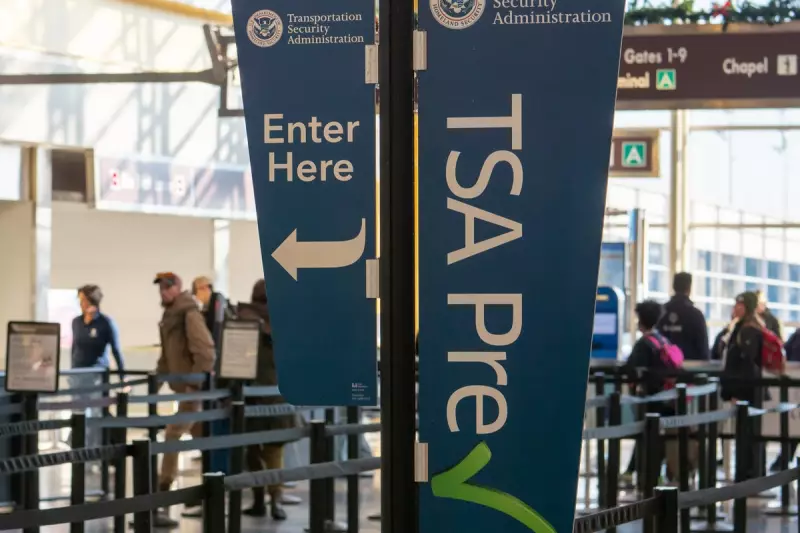
The US Transportation Security Administration (TSA) is rolling out facial recognition technology for PreCheck passengers at select airports, marking a significant shift in how travellers experience security screening.
How the New System Works
Passengers enrolled in TSA PreCheck can now opt for a biometric scan instead of presenting physical identification. The system compares a live photo of the traveller with the image on their government-issued ID, streamlining the verification process.
Key Benefits for Travellers
- Faster processing: Reduces wait times by eliminating manual ID checks
- Enhanced security: Advanced algorithms detect potential fraud
- Contactless option: Minimises physical interactions during screening
Privacy Concerns Addressed
While the technology promises convenience, some privacy advocates have raised questions about data storage and usage. The TSA assures that:
- Facial images are deleted shortly after verification
- Participation remains optional for PreCheck members
- No biometric data is stored long-term
Current Implementation Status
The system is currently operational at 25 major US airports, with plans for nationwide expansion throughout 2024. Early adopters report positive experiences, noting the process takes mere seconds compared to traditional screening.
What This Means for Future Travel
This development signals a broader move toward biometric solutions in aviation security. Industry experts predict facial recognition could become standard across all TSA checkpoints within the next five years, potentially revolutionising airport security protocols worldwide.





